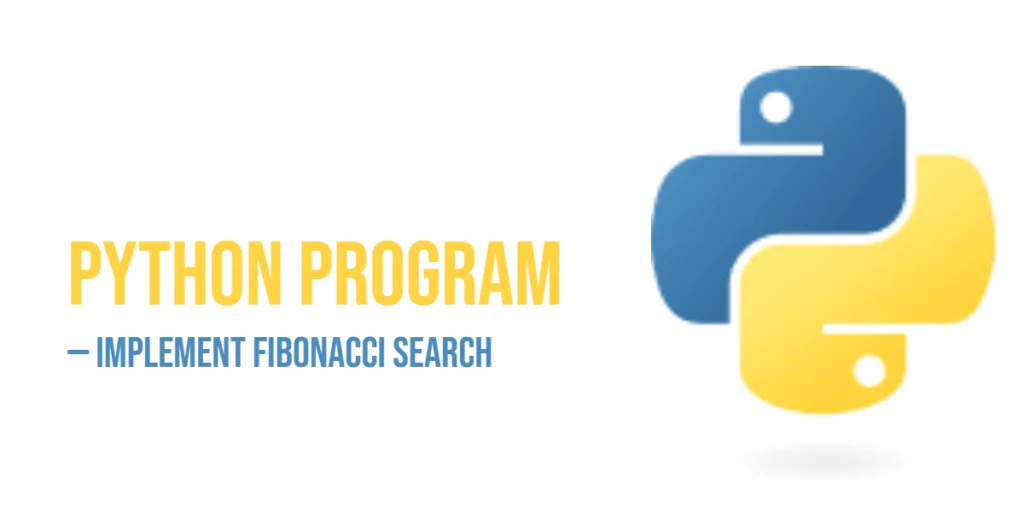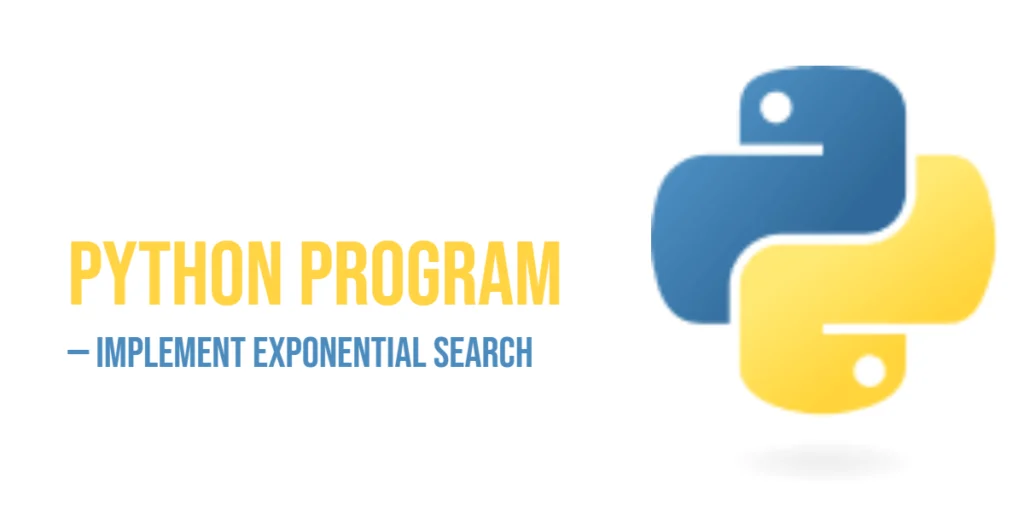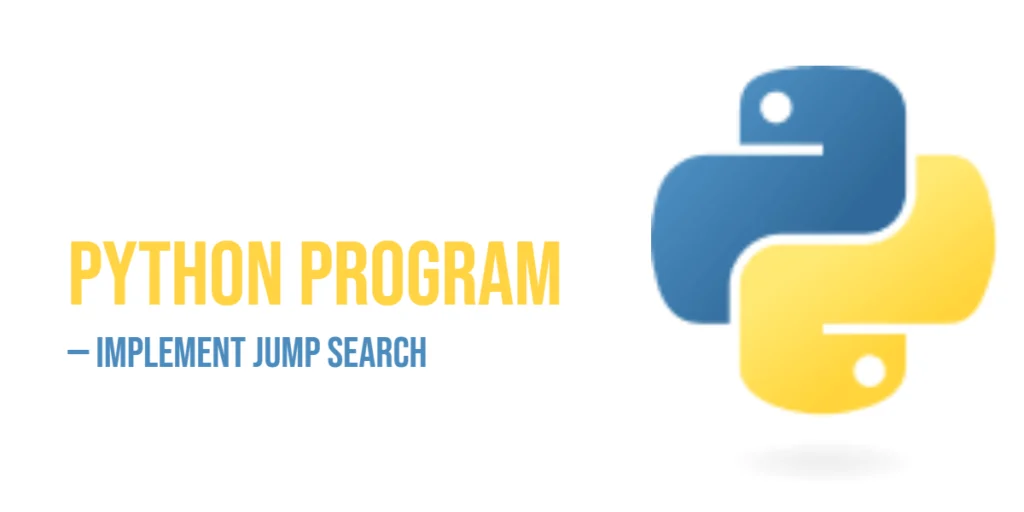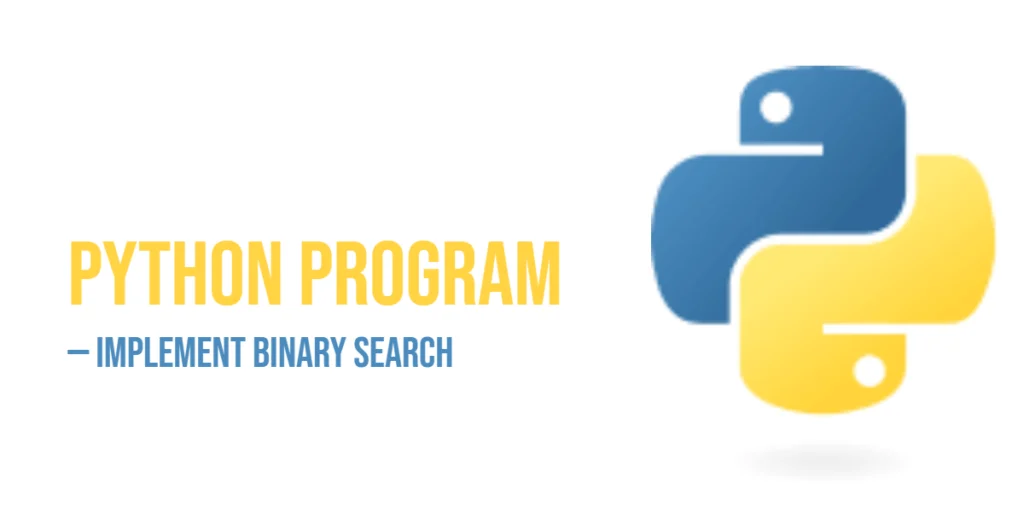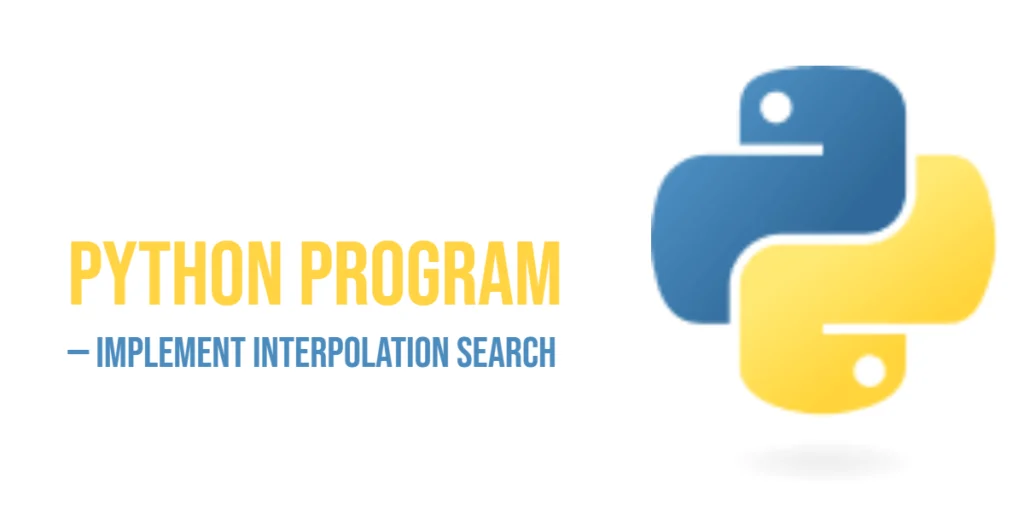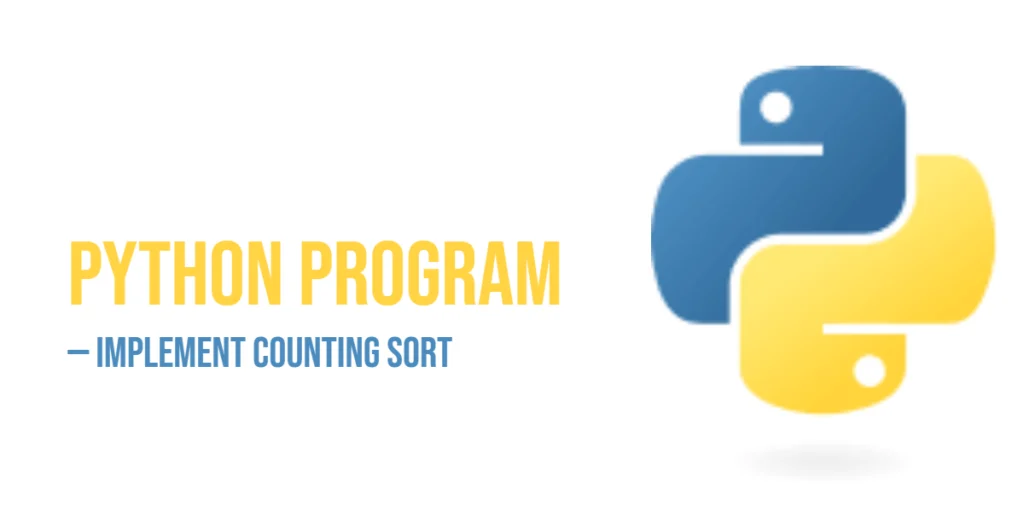Python Program to Implement Fibonacci Search
Searching is one of the most common tasks in computer programming. Whether you’re finding a contact in your phone list, checking for a product in a database, or looking for a word in a dictionary, search algorithms make it possible to quickly locate what you need. Among the many search techniques available, one particularly elegant […]
Python Program to Implement Fibonacci Search Read More »
